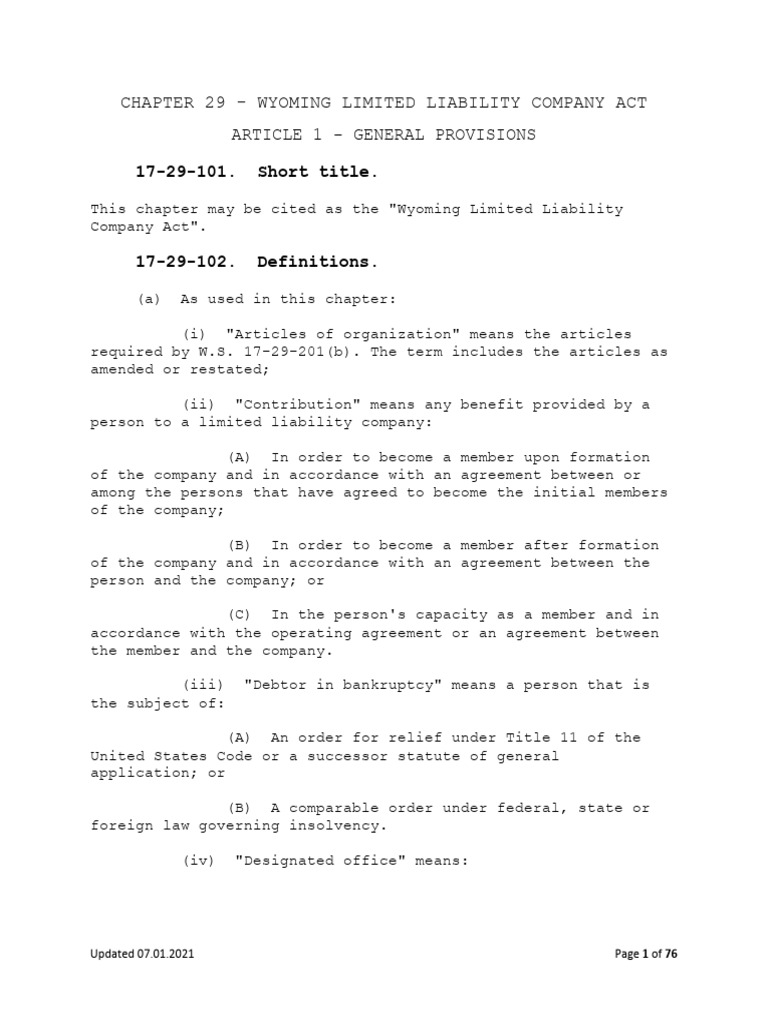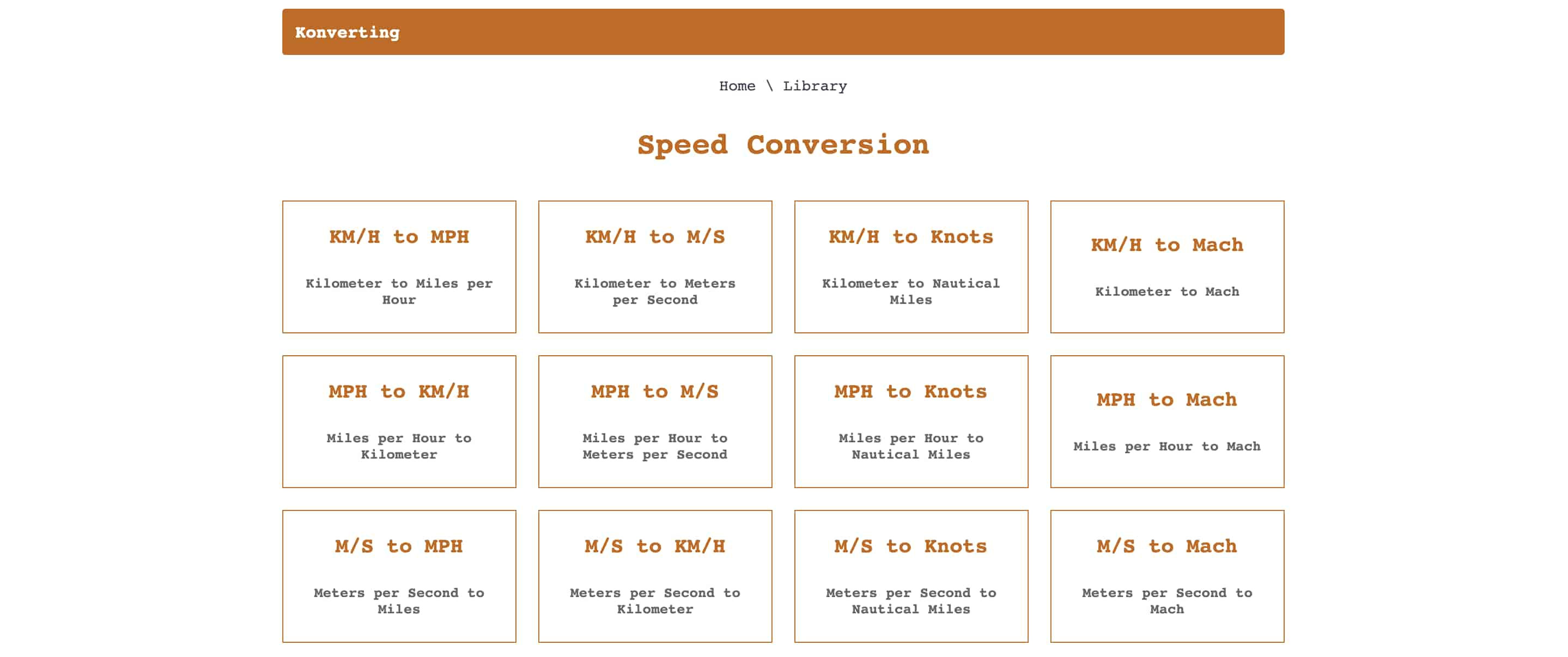Government Contractor Preparation
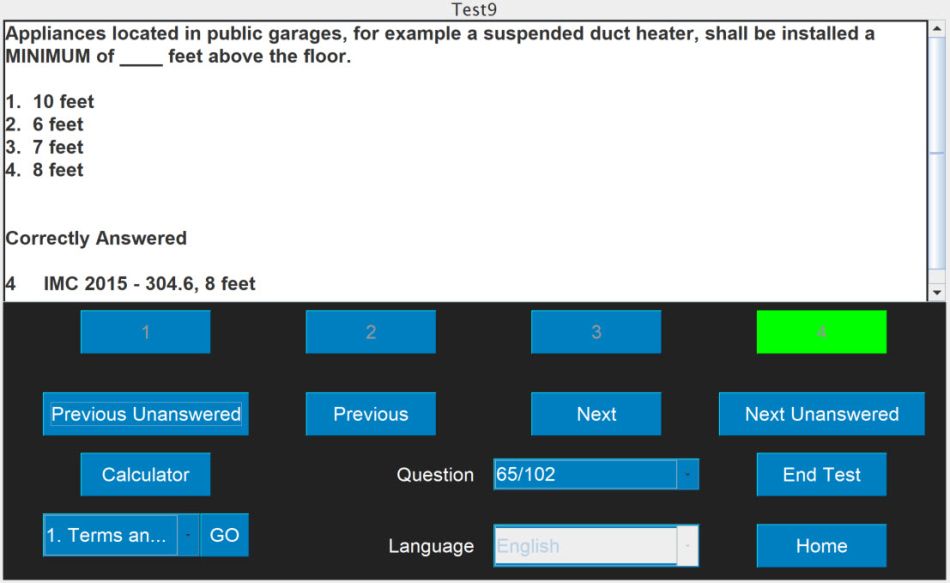
In the complex world of government contracting, thorough preparation is the cornerstone of success. This intricate process demands a deep understanding of the unique challenges and opportunities presented by government agencies. From navigating the intricate procurement systems to crafting compelling proposals, government contractors must be adept at every stage. This article delves into the essential strategies and insights to excel in this demanding arena, ensuring contractors are equipped to thrive.
Understanding the Landscape: Navigating Government Contracting

The government contracting landscape is a labyrinthine network of regulations, procedures, and unique dynamics. To succeed, contractors must first grasp the fundamental differences between government and commercial contracting. Government agencies prioritize mission-critical objectives, stringent compliance, and often, complex bureaucratic processes. Understanding these nuances is crucial for effective strategy formulation and proposal customization.
Key Differences in Government Contracting
- Mission-Focused: Government agencies operate with a clear mandate, often tied to national or public interests. Contractors must align their offerings with these objectives to demonstrate relevance and impact.
- Compliance and Regulation: Stringent compliance with federal, state, and local regulations is non-negotiable. Contractors must navigate complex legal frameworks to avoid pitfalls and ensure contract integrity.
- Bureaucratic Complexity: The procurement process can be labyrinthine, with multiple approval stages and potential delays. Patience, persistence, and meticulous documentation are essential.
Mastering the Procurement Process
The procurement process is the lifeblood of government contracting. Contractors must familiarize themselves with the intricate steps, from opportunity identification to proposal submission and contract award. Each stage presents unique challenges and opportunities, requiring strategic thinking and adaptability.
| Procurement Stage | Key Considerations |
|---|---|
| Opportunity Identification | Stay informed about upcoming solicitations through platforms like FedBizOpps and SAM.gov. Analyze agency priorities and historical contract awards to identify potential fits. |
| Proposal Development | Craft compelling proposals that showcase your unique value proposition. Emphasize relevant experience, past performance, and your ability to meet the agency's mission objectives. Ensure compliance with solicitation requirements and consider leveraging proposal automation tools for efficiency. |
| Evaluation and Award | Understand the evaluation criteria and prepare for potential negotiations. Stay engaged throughout the process, providing timely responses and clarifications. Be prepared for potential protests and have contingency plans in place. |
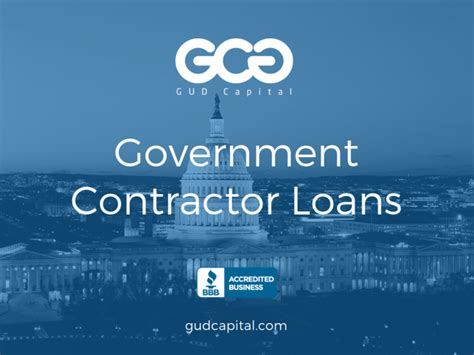
Building a Competitive Edge: Strategies for Success
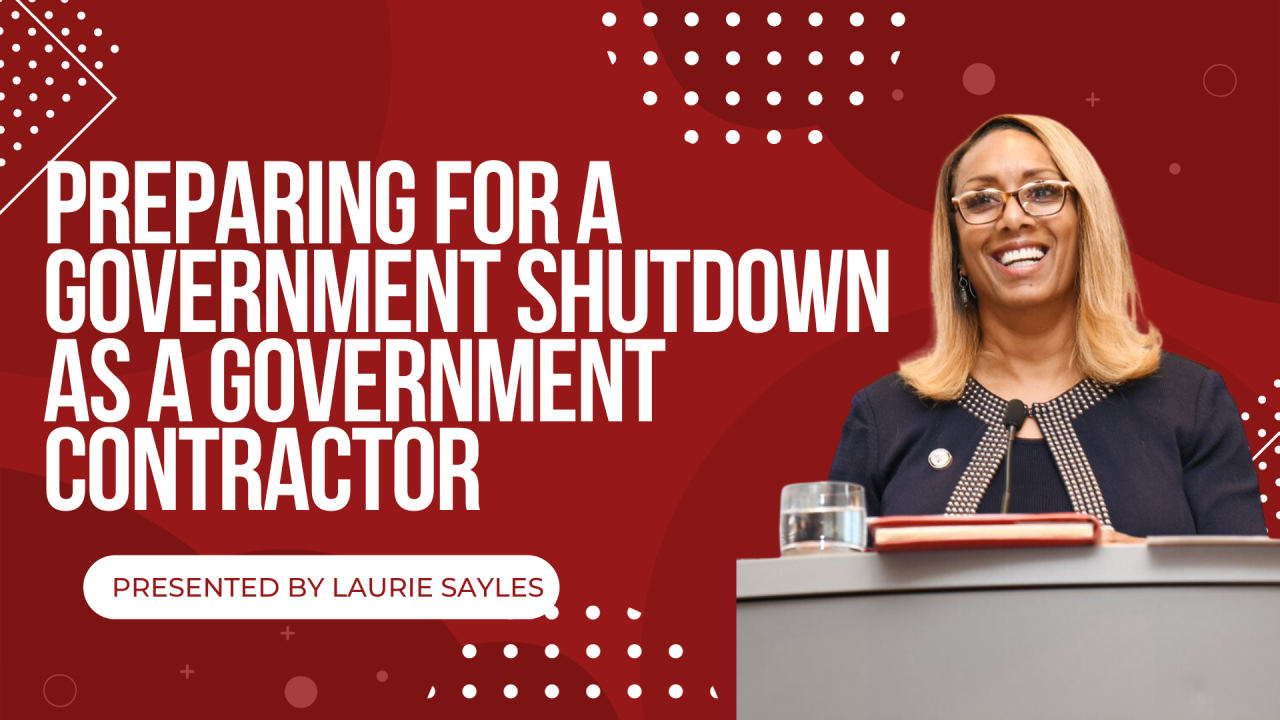
In the highly competitive government contracting arena, standing out requires a nuanced understanding of the market and a strategic approach. Contractors must continuously adapt and innovate to stay ahead of the curve, leveraging their unique strengths and industry expertise.
Market Intelligence and Competitive Analysis
Market intelligence is a powerful tool for government contractors. Stay abreast of industry trends, emerging technologies, and shifting agency priorities. Competitive analysis is equally crucial, allowing contractors to benchmark their offerings against competitors and identify unique selling points. Tools like market research reports, industry conferences, and agency briefings can provide valuable insights.
Diversification and Strategic Partnerships
Diversification is a key strategy for mitigating risk and expanding opportunities. Contractors can consider diversifying their service offerings, customer base, or geographic reach. Strategic partnerships can also enhance competitiveness, allowing contractors to leverage complementary skills and resources. Collaborating with specialized subcontractors or forming joint ventures can strengthen proposals and open new avenues.
Continuous Innovation and Adaptation
The government contracting landscape is dynamic, with agencies constantly seeking innovative solutions. Contractors must embrace a culture of innovation, continuously improving their processes, technologies, and service offerings. Stay attuned to emerging trends, such as digital transformation, sustainability, and cybersecurity, and explore ways to integrate these into your value proposition.
Crafting Compelling Proposals: A Guide to Success
A well-crafted proposal is the key to securing government contracts. It is an art that requires a deep understanding of the agency’s needs, a compelling value proposition, and meticulous attention to detail. Here’s a step-by-step guide to proposal development.
Understanding the Solicitation
Start by thoroughly analyzing the solicitation document. Identify the agency’s requirements, evaluation criteria, and any specific instructions. Clarify any ambiguities by engaging with the contracting officer or relevant personnel. Ensure you fully comprehend the scope and expectations before proceeding.
Developing a Compelling Value Proposition
Your value proposition is the heart of your proposal. It should clearly articulate how your company’s unique capabilities, experience, and expertise align with the agency’s mission objectives. Highlight past successes, particularly those relevant to the current solicitation. Demonstrate your understanding of the agency’s challenges and propose innovative solutions.
Proposal Structure and Content
A well-organized proposal is essential for a positive evaluation. Follow the solicitation’s guidelines for structure and content. Common proposal sections include an executive summary, company overview, technical approach, past performance, and pricing. Ensure each section is concise, well-written, and aligned with the agency’s priorities.
| Proposal Section | Key Considerations |
|---|---|
| Executive Summary | Provide a concise overview of your proposal, highlighting key strengths and benefits. Make it engaging and tailored to the agency's needs. |
| Company Overview | Introduce your company, highlighting relevant experience, expertise, and financial stability. Emphasize your track record of successful government contracts. |
| Technical Approach | Describe your proposed solution in detail, including methodologies, technologies, and personnel. Ensure it aligns with the agency's requirements and demonstrates a clear understanding of the project scope. |
| Past Performance | Showcase relevant past projects and their outcomes. Provide testimonials or case studies to demonstrate your ability to deliver on similar projects. |
| Pricing | Present a clear, competitive pricing structure. Justify your pricing based on market rates, cost estimates, and value-added factors. |
Quality Assurance and Compliance
Quality assurance is critical in government contracting. Ensure your proposal meets all compliance requirements, including federal, state, and local regulations. Establish robust quality control processes to maintain consistency and excellence throughout the proposal development and delivery phases.
Conclusion: The Art of Government Contracting
Government contracting is a complex, yet rewarding endeavor. It demands a deep understanding of the unique dynamics and processes within government agencies. By mastering the procurement landscape, building a competitive edge, and crafting compelling proposals, contractors can thrive in this challenging arena. The key lies in adaptability, innovation, and a relentless pursuit of excellence.
How can I stay informed about upcoming government contracting opportunities?
+
Stay vigilant by regularly monitoring platforms like FedBizOpps and SAM.gov, which provide up-to-date information on upcoming solicitations. Additionally, subscribe to agency-specific newsletters and attend industry conferences or events to network with potential clients and gain insights into upcoming projects.
What are some common challenges in government contracting, and how can I overcome them?
+
Common challenges include complex procurement processes, stringent compliance requirements, and intense competition. To overcome these, thoroughly understand the solicitation requirements, establish robust compliance systems, and continuously innovate to differentiate your offerings. Additionally, consider partnering with subject matter experts to enhance your proposals and strengthen your competitive position.
How can I ensure my proposal stands out among competitors?
+
To make your proposal stand out, thoroughly understand the agency’s needs and tailor your value proposition accordingly. Showcase your unique strengths, relevant experience, and innovative solutions. Use compelling language and provide concrete examples to illustrate your capabilities. Additionally, consider incorporating multimedia elements or interactive features to make your proposal more engaging and memorable.

